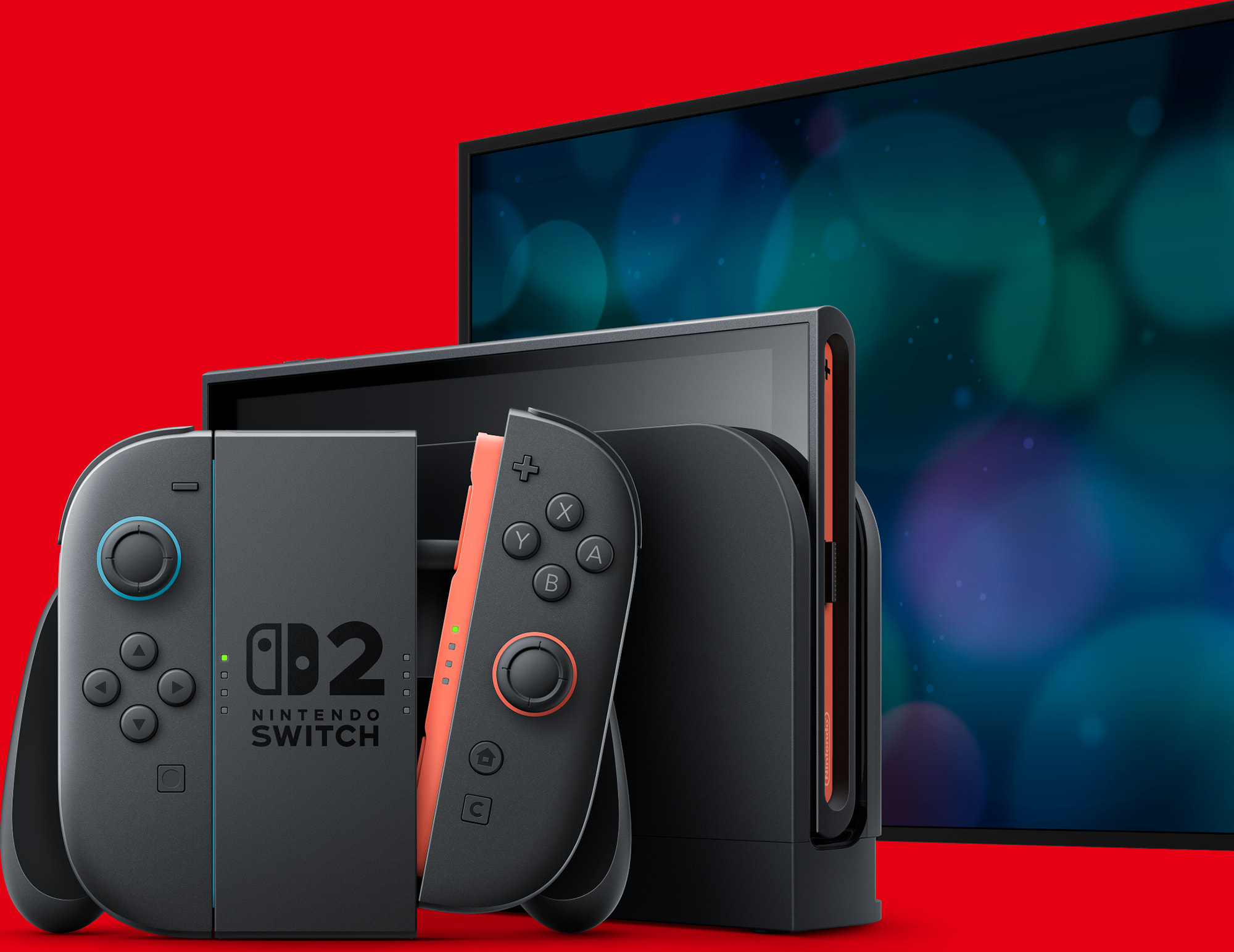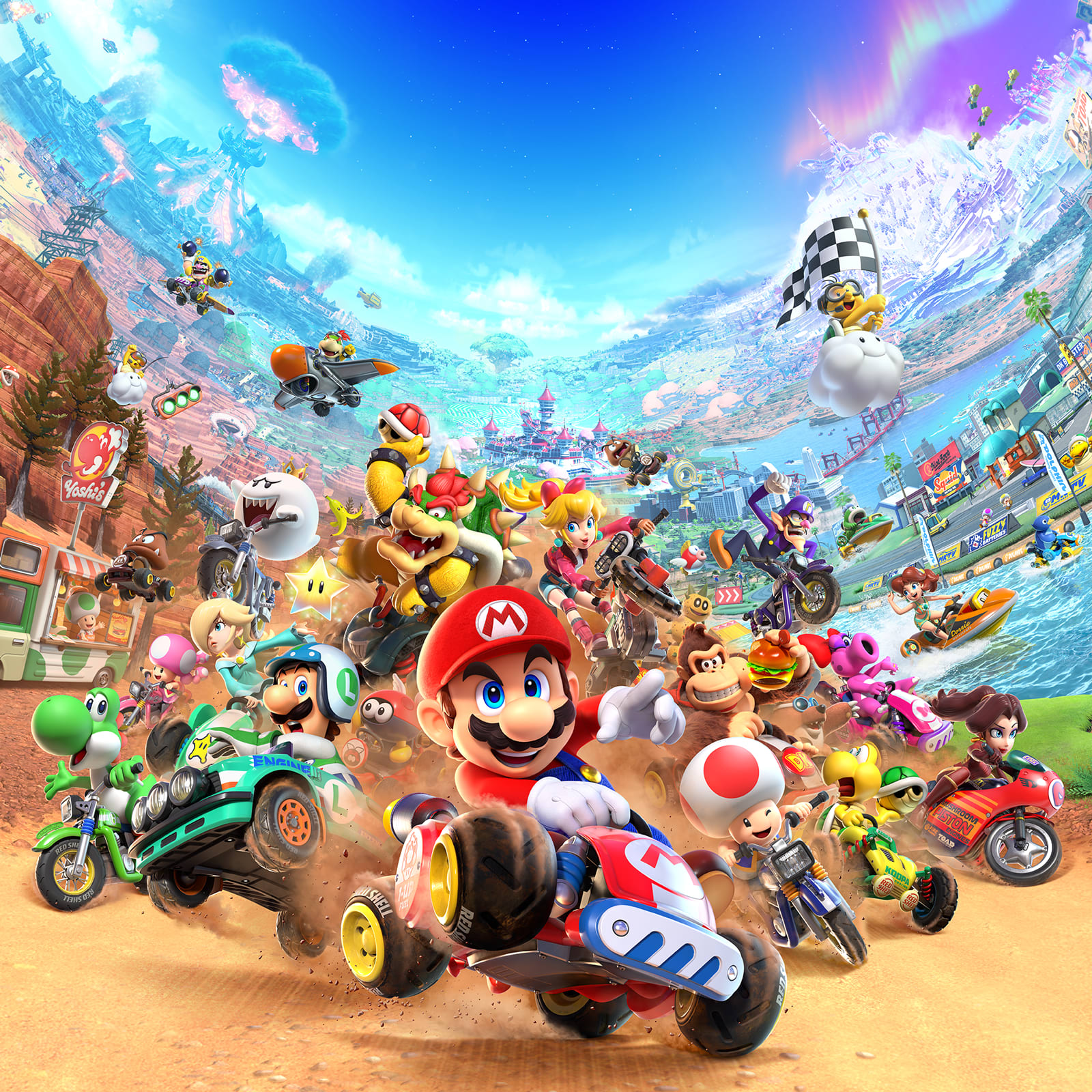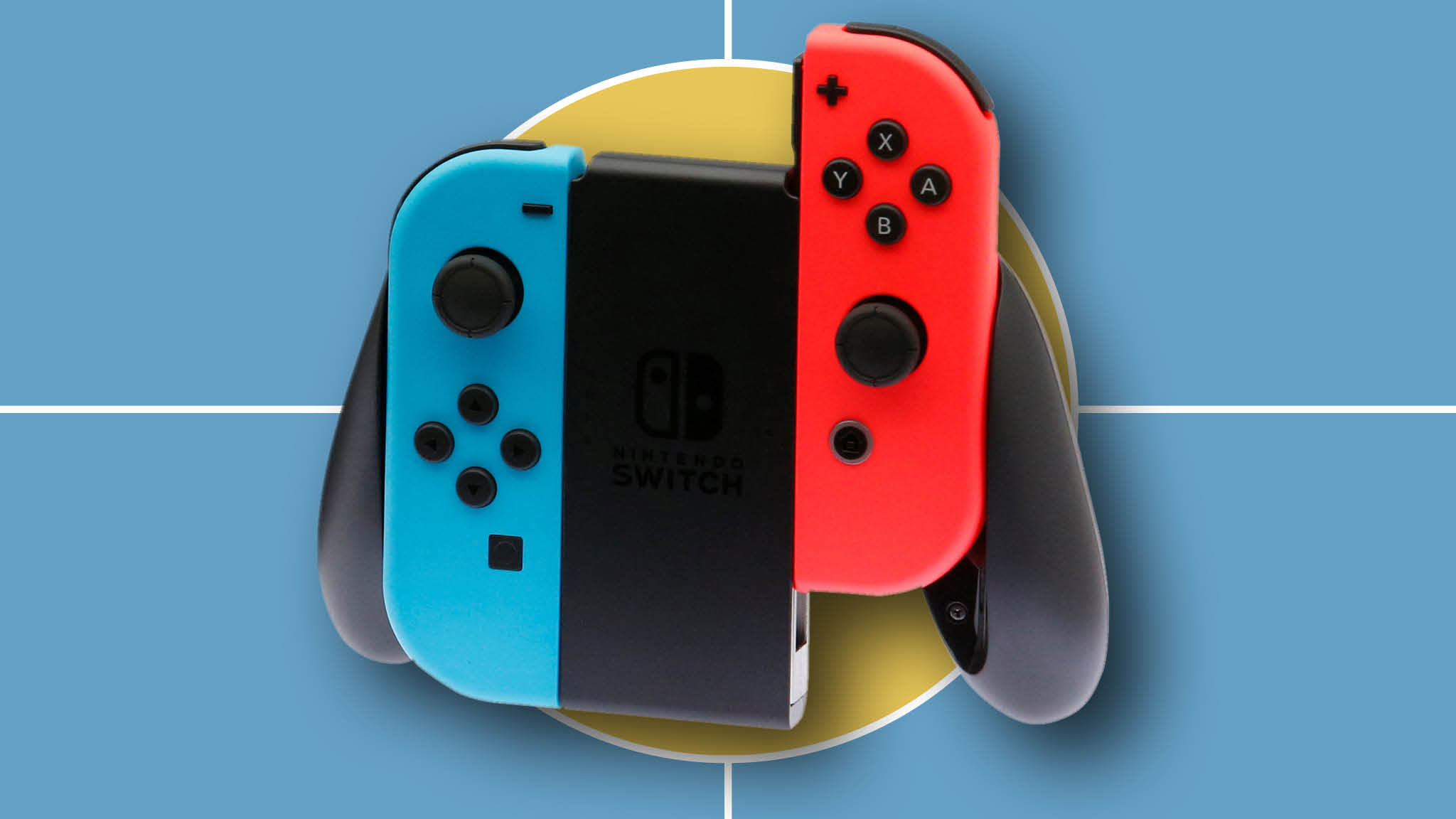## Forget Everything You Know About Consoles: Nintendo Just Rewrote the Rulebook
Remember those dusty, tethered boxes we used to call “consoles”? Well, Nintendo just tossed them out the window. Forget the limitations of wires and fixed home setups – the Switch flipped the script and redefined what it means to play games.

We’re talking about a device that transcends the traditional console experience, seamlessly transitioning from living room powerhouse to portable powerhouse. But is this radical approach just a clever marketing gimmick, or has Nintendo truly cracked the code to the future of gaming?

The Invitation System Explained: A Closer Look at Nintendo’s Tiered Access Approach

Nintendo’s decision to implement an invitation system for the Switch 2 launch has sparked considerable debate within the gaming community. This tiered access approach aims to manage the overwhelming demand for the new console by gradually releasing invitations to purchase. Gamestanza delves into the specifics of this system, outlining its potential benefits and drawbacks.
The system prioritizes Nintendo Switch Online members who have accumulated a minimum of 50 gameplay hours and have an active membership of at least 12 months as of April 2, 2025. Those who meet this criteria will receive invitations first, followed by a rolling system for remaining eligible registrants based on a first-come, first-served basis.
Each invitation is valid for 72 hours, during which the recipient can purchase the console, along with specific accessories, from the official My Nintendo Store. Once an invitation is used, a new one will be sent to the next eligible individual in the queue.
This tiered system, while potentially mitigating the initial scramble for consoles, also raises concerns about fairness and potential for exclusion.
Managing Demand: Analyzing the Benefits and Drawbacks of This Unique Launch Strategy
At its core, Nintendo’s invitation system seeks to manage the anticipated high demand for the Switch 2. By gradually releasing invitations, the company aims to:
- Minimize Scalping and Reselling: The invitation system, by limiting the number of consoles available at any given time, may deter scalpers from purchasing large quantities and reselling them at inflated prices.
- Ensure a Smoother Launch Experience: A staggered rollout can help prevent server crashes and website outages that often plague major product launches.
- Build Excitement and Anticipation: The exclusivity of the invitation system can generate buzz and hype around the console, potentially leading to increased consumer interest and pre-orders.
- Perceived Injustice: The prioritization based on Switch Online membership and gameplay hours may leave some loyal fans feeling excluded, especially those who are new to the Switch or have limited time for gaming.
- Frustration and Missed Opportunities: The limited 72-hour window for purchase could lead to frustration for those who miss their invitation or encounter technical difficulties during the checkout process.
- Potential for Exploitation: While Nintendo aims to prevent scalping, there’s a risk that those with multiple Nintendo Accounts or access to bots could exploit the system to acquire multiple consoles.
- Success of the Original Switch: The incredibly popular Nintendo Switch has become a cultural phenomenon, selling over 122 million units worldwide. This strong foundation generates immense anticipation for its successor.
- Rumors and Speculation: Years of rumors and leaks surrounding the Switch 2 have fueled excitement and speculation within the gaming community.
- Technological Advancements: The Switch 2 is expected to boast significant improvements over its predecessor, including a more powerful processor, enhanced graphics, and potentially new gameplay features.
- Further Blur the Lines Between Handheld and Home Consoles: The Switch 2’s popularity could encourage other manufacturers to explore hybrid console designs, leading to a more diverse and flexible gaming landscape.
- Expand the Reach of Console Gaming: The Switch 2’s portability could attract a wider audience, including casual gamers and those who prefer to play on the go.
- Drive Innovation in Gaming Experiences: The potential for enhanced graphics and gameplay features could lead to the creation of new and innovative gaming experiences that push the boundaries of what’s possible.
However, this strategy also presents several potential drawbacks:
Impact on Consumers: How Will the Invitation System Affect Early Adopters and Those Hoping to Purchase Later?
The invitation system undoubtedly impacts both early adopters and those planning to purchase the Switch 2 later. Early adopters who meet the criteria and receive an invitation will have the opportunity to secure a console at launch. However, the 72-hour window adds an element of pressure and potential for disappointment.
For those who miss their invitation or don’t qualify for the initial priority group, the wait for a general release may be extended. While Nintendo assures that invitations will continue to be sent periodically, the lack of a concrete timeline creates uncertainty and potential frustration for consumers who are eager to get their hands on the new console.
Gamers Weigh In: Initial Reactions and Expectations
Community Sentiment: Exploring the Excitement, Skepticism, and Concerns Surrounding the Switch 2
The announcement of the Switch 2 and its unique launch strategy has generated a mixed response within the gaming community. While many express excitement for the new hardware and its potential to deliver enhanced experiences, others harbor skepticism and concerns about the invitation system.
Forums and social media platforms are abuzz with discussions about the pros and cons of this approach. Some gamers praise Nintendo for attempting to combat scalping and ensure a fairer launch for those who genuinely want the console. Others criticize the system for its complexity and potential to alienate certain segments of the player base.
The Demand Factor: Understanding Why the Switch 2 Has Generated Such Fervent Interest
The Switch 2’s pre-release hype stems from several factors:
The Future is Handheld? Analyzing How the Switch 2’s Success Could Reshape the Future of Console Gaming
The Switch 2’s arrival could have a profound impact on the future of console gaming. Its hybrid nature— seamlessly transitioning between handheld and docked modes—has already challenged traditional console paradigms. If the Switch 2 achieves the same level of success as its predecessor, it could:
Conclusion
The Financial Times’ recent piece on Nintendo’s innovative approach to console gaming underscores a fundamental shift in the industry landscape. Gone are the days of rigid, home-bound gaming experiences. Nintendo, through the Switch, has successfully blurred the lines between consoles and portable devices, offering unparalleled flexibility and accessibility. This hybrid model, coupled with a robust library of family-friendly titles and innovative features like local multiplayer, has redefined what it means to be a “console gamer,” appealing to a broader audience and driving significant financial success.
This move by Nintendo signals a future where gaming experiences are less confined and more personalized. We can expect to see other manufacturers exploring similar hybrid models, pushing the boundaries of what gaming devices can offer. The rise of cloud gaming further amplifies this trend, potentially eliminating the need for physical hardware altogether. As the lines between console, PC, and mobile gaming continue to blur, the future of gaming seems poised for unprecedented innovation and accessibility. The question is, will the industry be ready to adapt and evolve alongside the ever-changing demands of the gamer?
One thing is certain: Nintendo has dared to challenge conventions and, in doing so, has opened the door to a world of gaming possibilities that were once unimaginable.